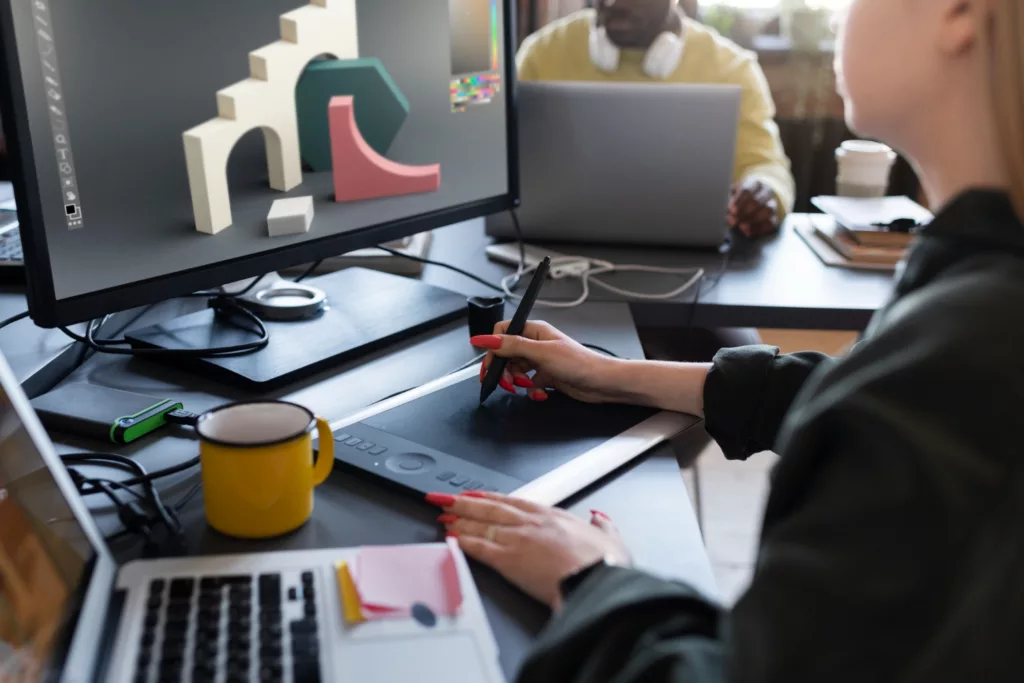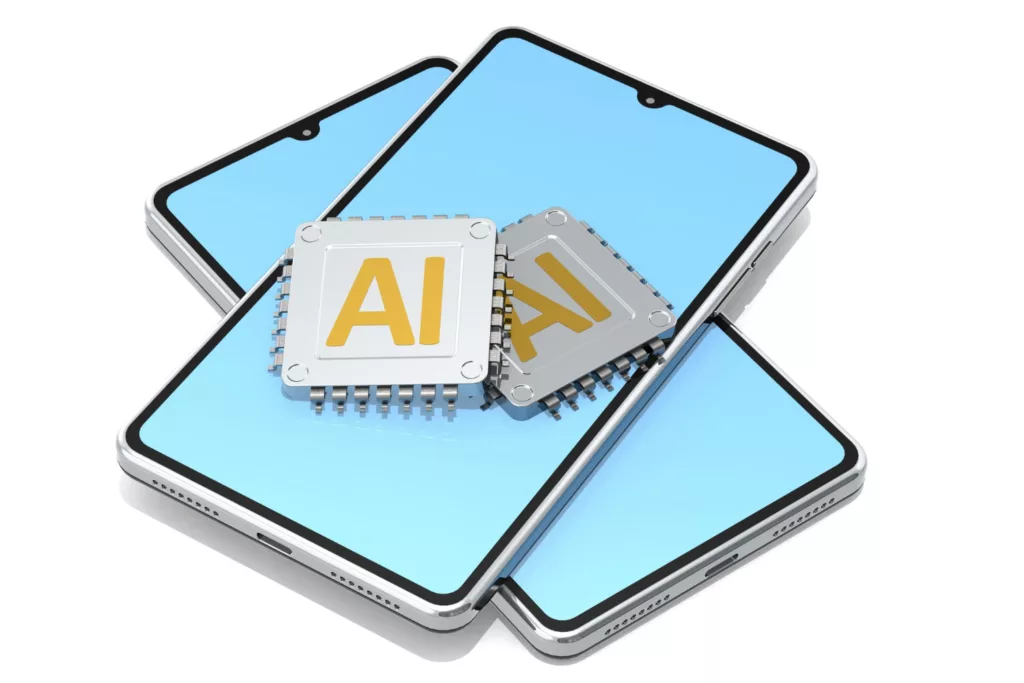Graphic design is a dynamic field that demands creativity, precision, and innovation. With the integration of artificial intelligence (AI) technology, graphic designers are experiencing a new era of possibilities and opportunities. AI is revolutionizing the way designers work, enhancing their creativity, and boosting their efficiency. In this article, we will explore how AI is empowering graphic designers, revolutionizing the design process, and opening up new horizons.
Introduction to AI in Graphic Design
AI technology has made significant advancements in recent years, transforming the way graphic designers approach their work. AI algorithms and machine learning techniques enable designers to automate certain processes, analyze data, and generate creative ideas. By leveraging AI in graphic design, designers can enhance their creativity, streamline workflows, and achieve exceptional results.

AI-Enhanced Creativity
AI empowers graphic designers with enhanced creativity by offering intelligent suggestions, generating unique design elements, and assisting in the exploration of innovative concepts. AI algorithms can analyze vast amounts of design data, trends, and user preferences, providing valuable insights and inspiration. By leveraging AI-generated ideas, designers can push the boundaries of their creativity and develop designs that captivate audiences.
Automated Design Processes
AI automation plays a crucial role in streamlining design processes and increasing efficiency. Repetitive and time-consuming tasks, such as resizing images, formatting layouts, and organizing layers, can be automated with AI-powered tools. This allows designers to focus more on the creative aspects of their work and spend less time on mundane tasks, ultimately boosting their productivity.
Smart Color Selection and Harmonization
Selecting appropriate colors and achieving harmonious color schemes are essential in graphic design. AI technology assists designers in this process by providing smart color selection tools. AI algorithms can analyze images, extract dominant colors, suggest complementary or contrasting colors, and create harmonious palettes. This saves designers time and helps them create visually appealing designs.
Enhanced Image Editing and Manipulation
AI technology has revolutionized image editing and manipulation in graphic design. AI-powered tools can automatically remove backgrounds, enhance image quality, retouch photos, and even generate realistic digital illustrations. These tools enable designers to achieve professional-level results more efficiently and with greater precision, expanding their creative possibilities.
Streamlined Design Collaboration

AI-enhanced collaboration tools have transformed the way designers work together. With AI-powered platforms, designers can easily share files, collaborate in real-time, and provide feedback. AI algorithms can assist in version control, and document organization, and even suggest design enhancements based on the collective input. This streamlines the design collaboration process and fosters efficient teamwork.
Benefits of AI in Graphic Design
- Increased Productivity: AI automation reduces manual labor, automates repetitive tasks, and streamlines workflows, allowing designers to work more efficiently and accomplish more in less time.
- Enhanced Creativity: AI-generated ideas, suggestions, and insights inspire designers and provide new avenues for creative exploration, expanding their creative capabilities.
- Improved Efficiency: AI-powered tools automate time-consuming processes, such as image editing and formatting, enabling designers to focus on the creative aspects of their work and deliver projects more efficiently.
- Consistency and Cohesion: AI algorithms help maintain consistency in design elements, typography, and color schemes, ensuring a cohesive look and feel across various design assets.
- Streamlined Collaboration: AI-enhanced collaboration tools facilitate seamless communication, version control, and feedback sharing, promoting effective teamwork and enhancing the overall design collaboration experience.
Conclusion
AI is transforming graphic design by empowering designers with enhanced creativity, automation, and streamlined workflows. From AI-enhanced creativity to automated design processes, smart color selection, enhanced image editing, and streamlined collaboration, AI technology is revolutionizing the graphic design landscape. By embracing AI, designers can enhance their creative capabilities, increase productivity, and achieve exceptional results.
Frequently Asked Questions
Answer: Yes, ethical considerations such as copyright, intellectual property rights, and responsible use of AI algorithms should be considered. Designers should ensure that AI-powered tools and platforms comply with legal and ethical guidelines.
Answer: AI algorithms can analyze design elements, typography, and color schemes to provide suggestions and recommendations for maintaining consistency and cohesion across various design assets. This ensures that the brand identity is preserved throughout different design materials.
Answer: Yes, AI-generated designs can be customized and personalized by graphic designers. AI technology provides a starting point, but designers have full control and creative freedom to modify, refine, and personalize the designs according to their creative vision and client requirements.
Answer: No, graphic designers can leverage AI-powered tools and platforms without extensive coding or AI expertise. AI-powered design applications provide user-friendly interfaces and workflows specifically designed for designers.
Answer: No, AI technology does not replace human graphic designers. Instead, it enhances their abilities, streamlines processes, and provides new tools for creative exploration. The creative vision and expertise of human designers remain essential in graphic design.
